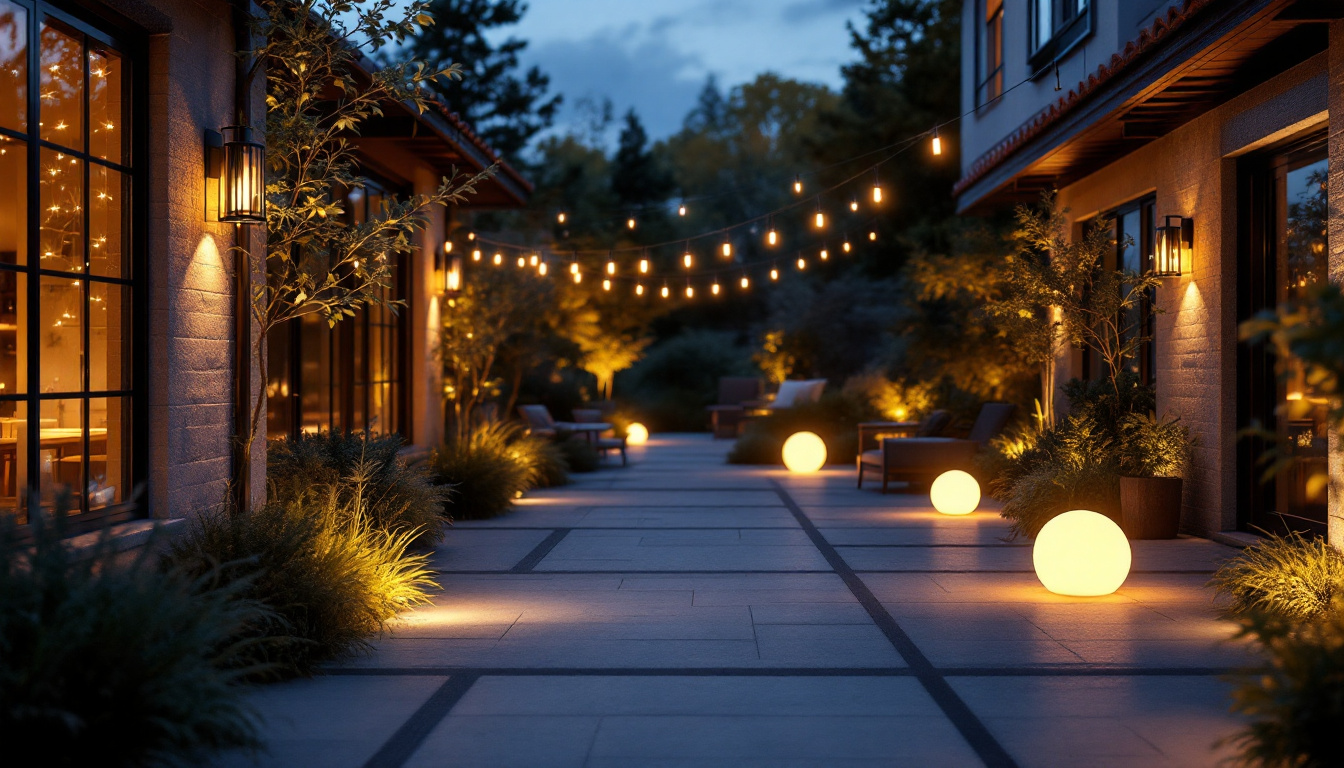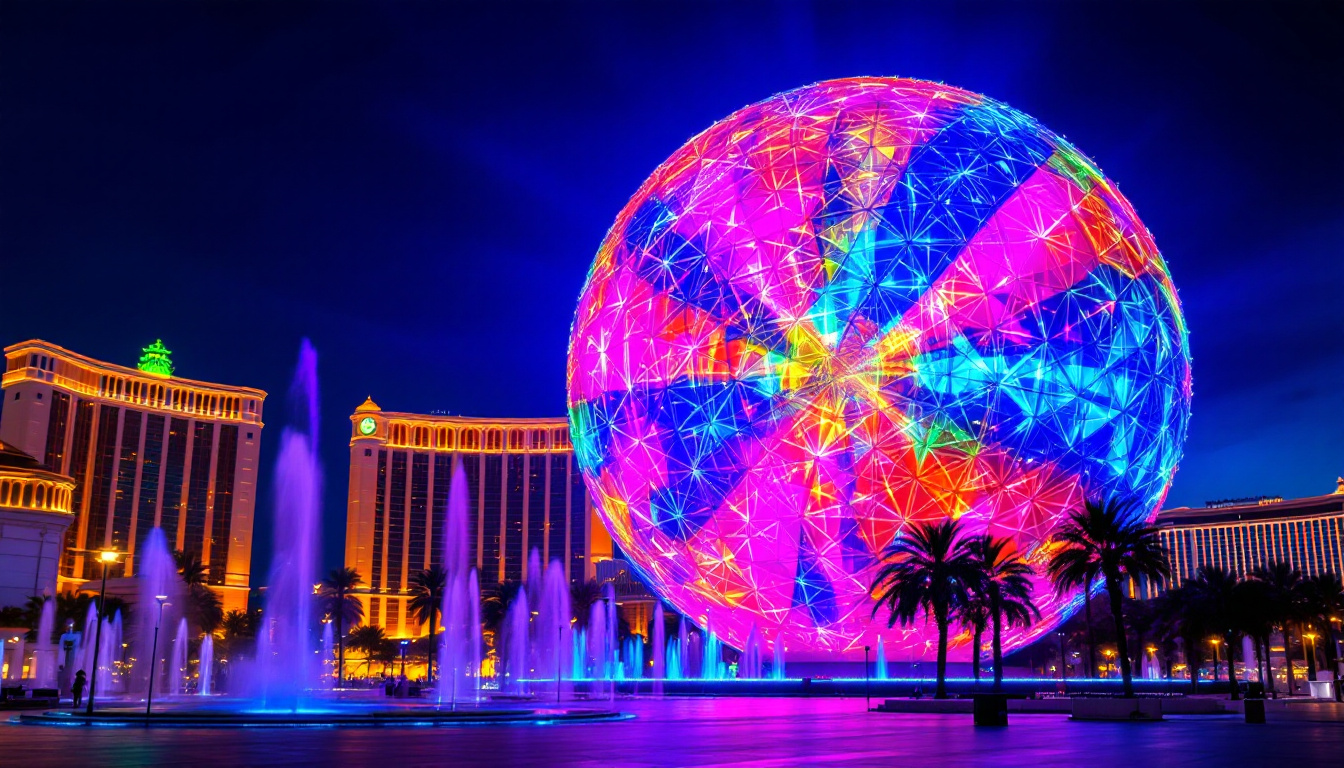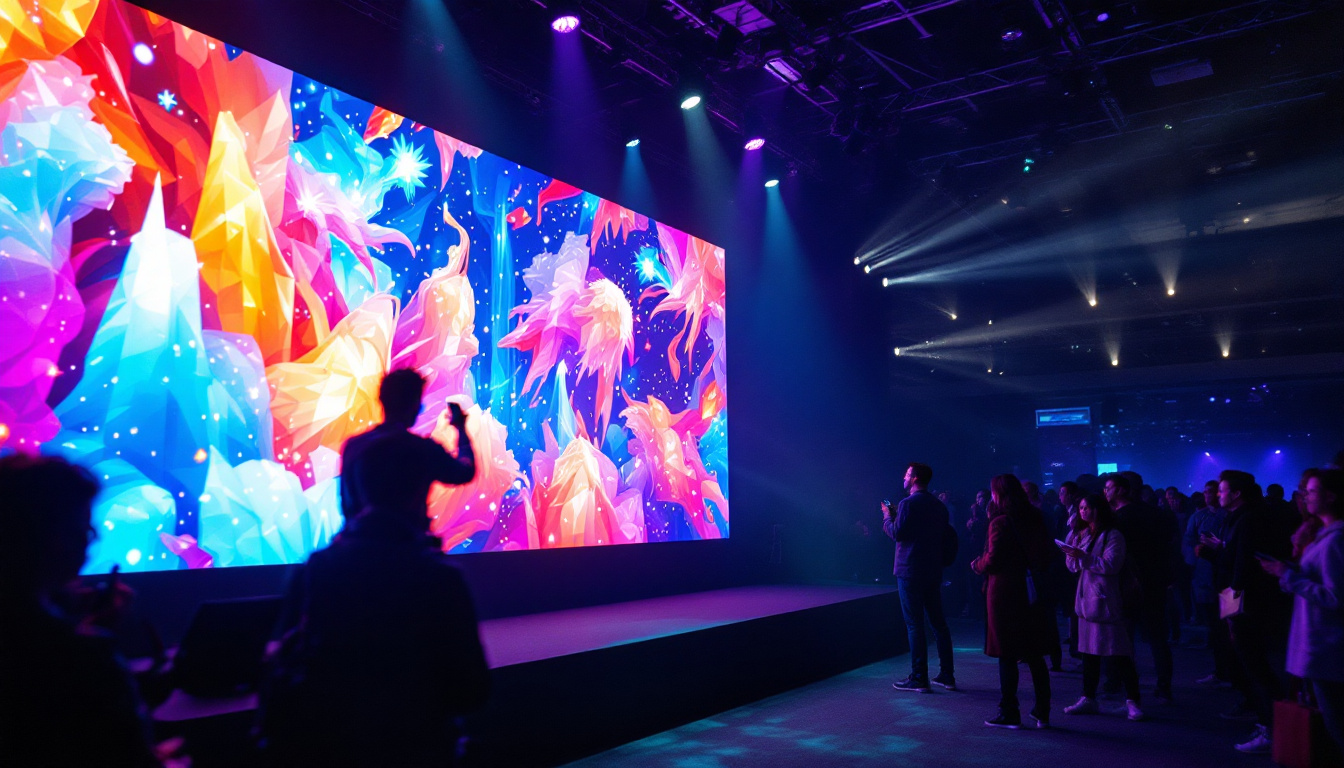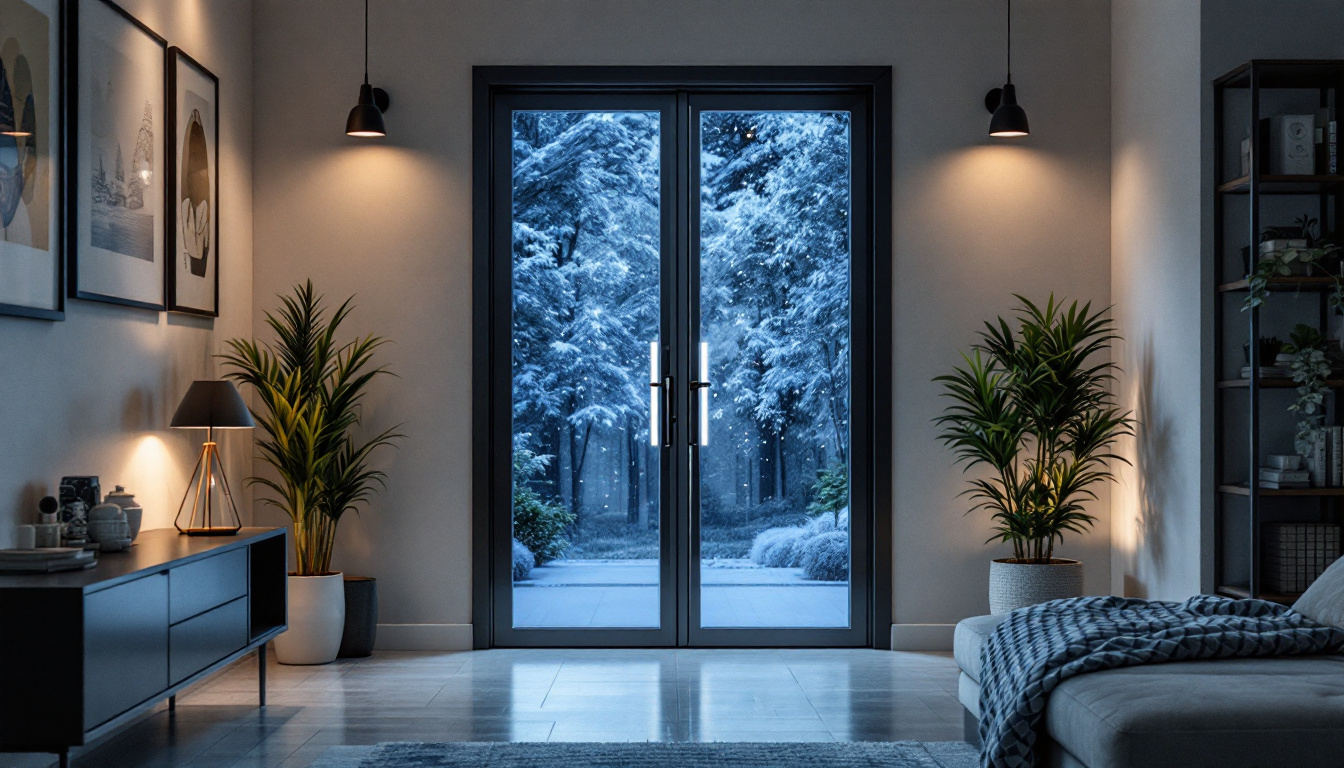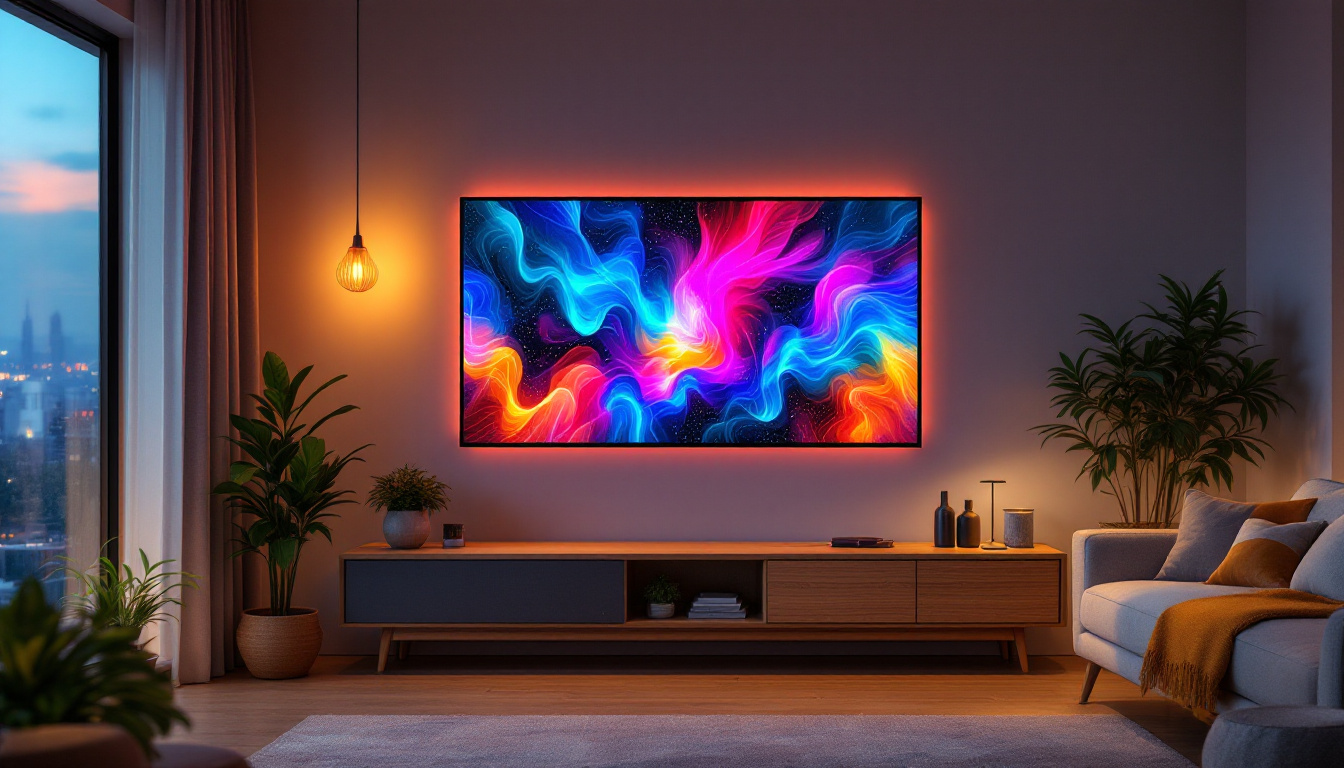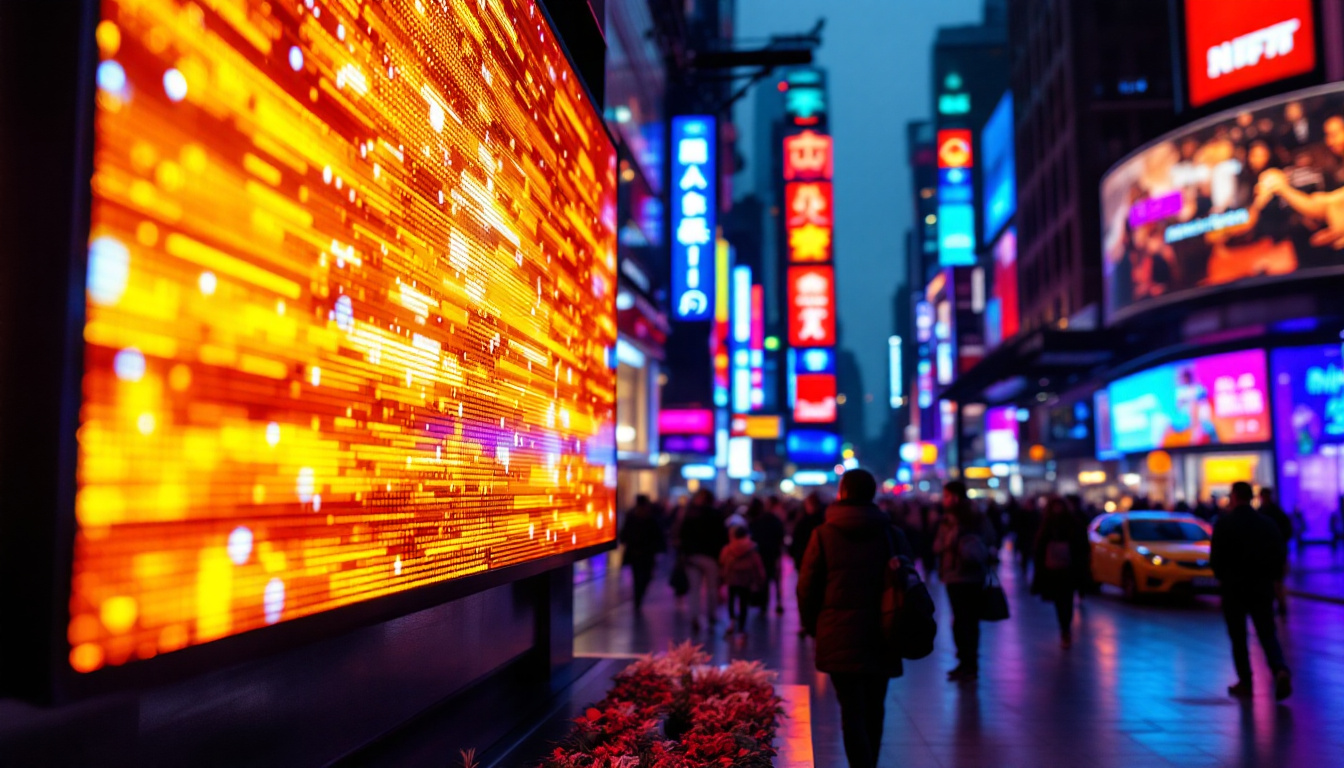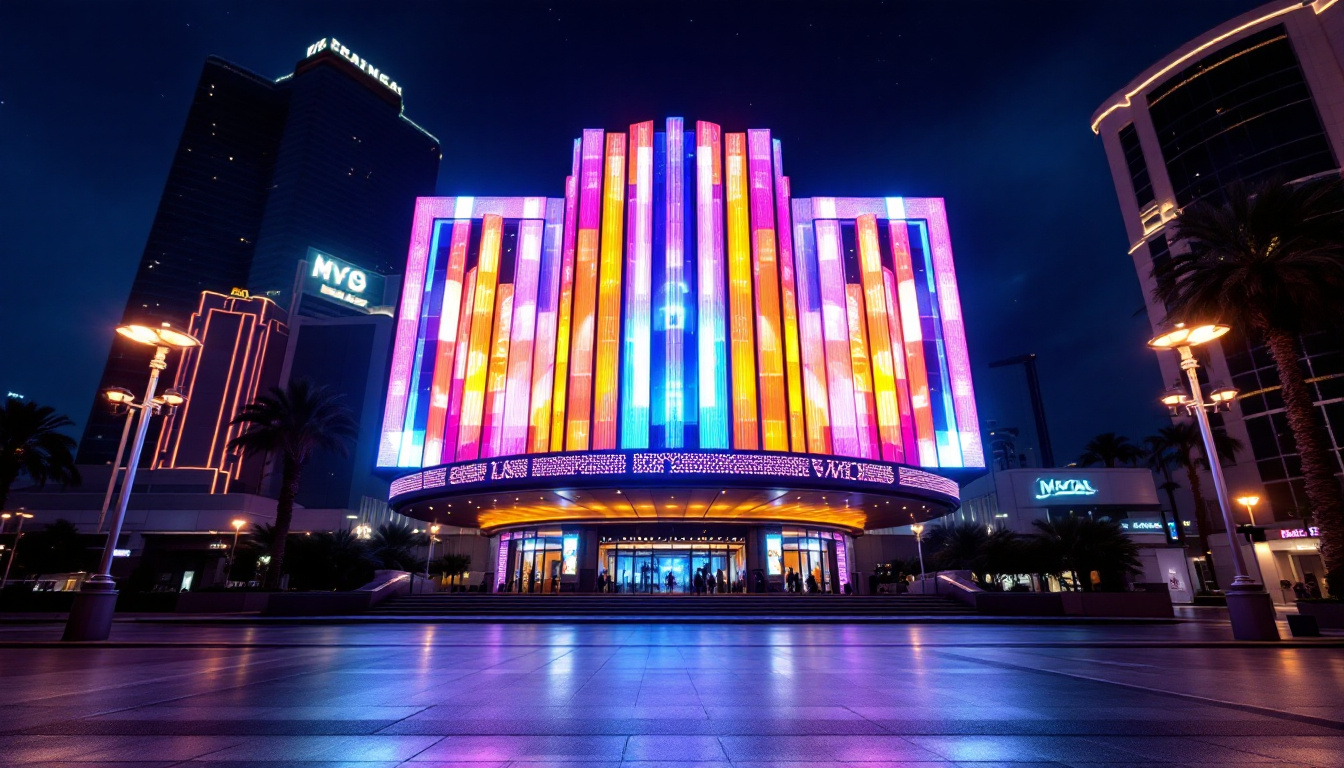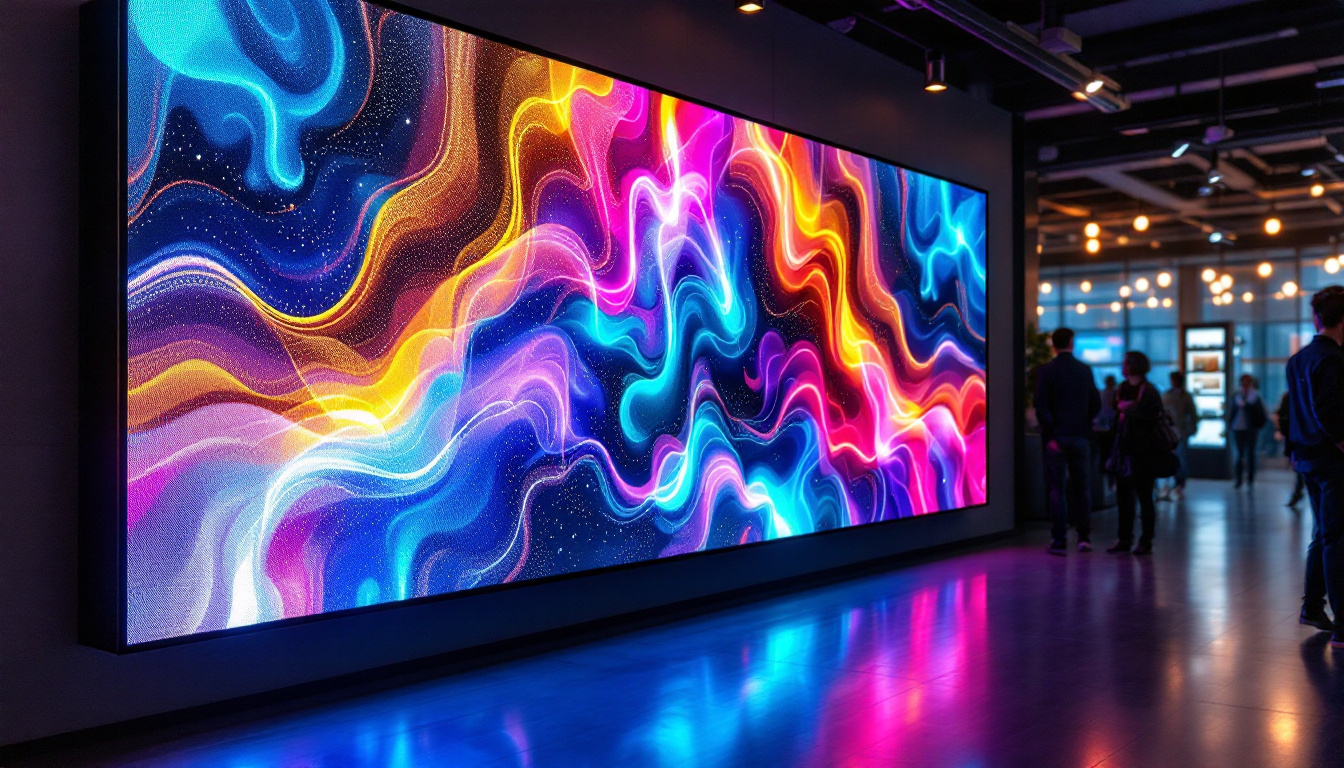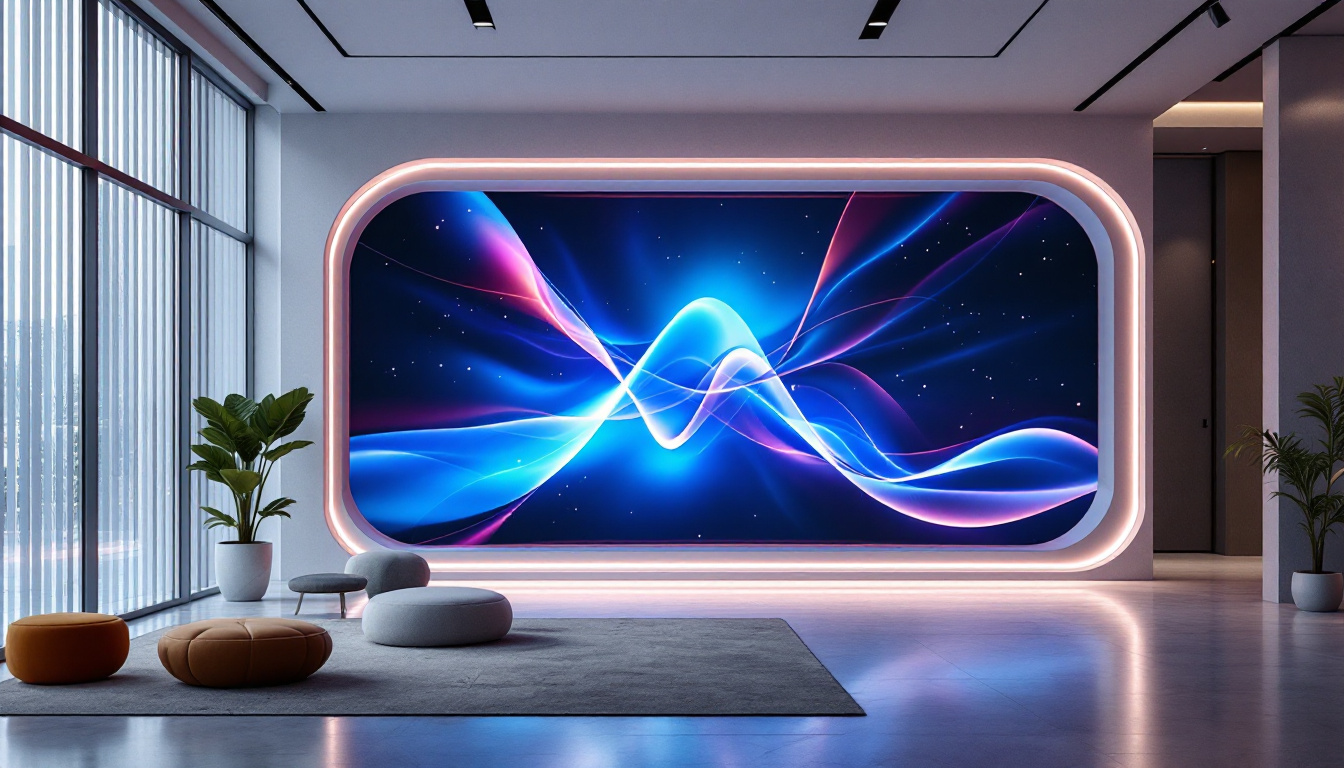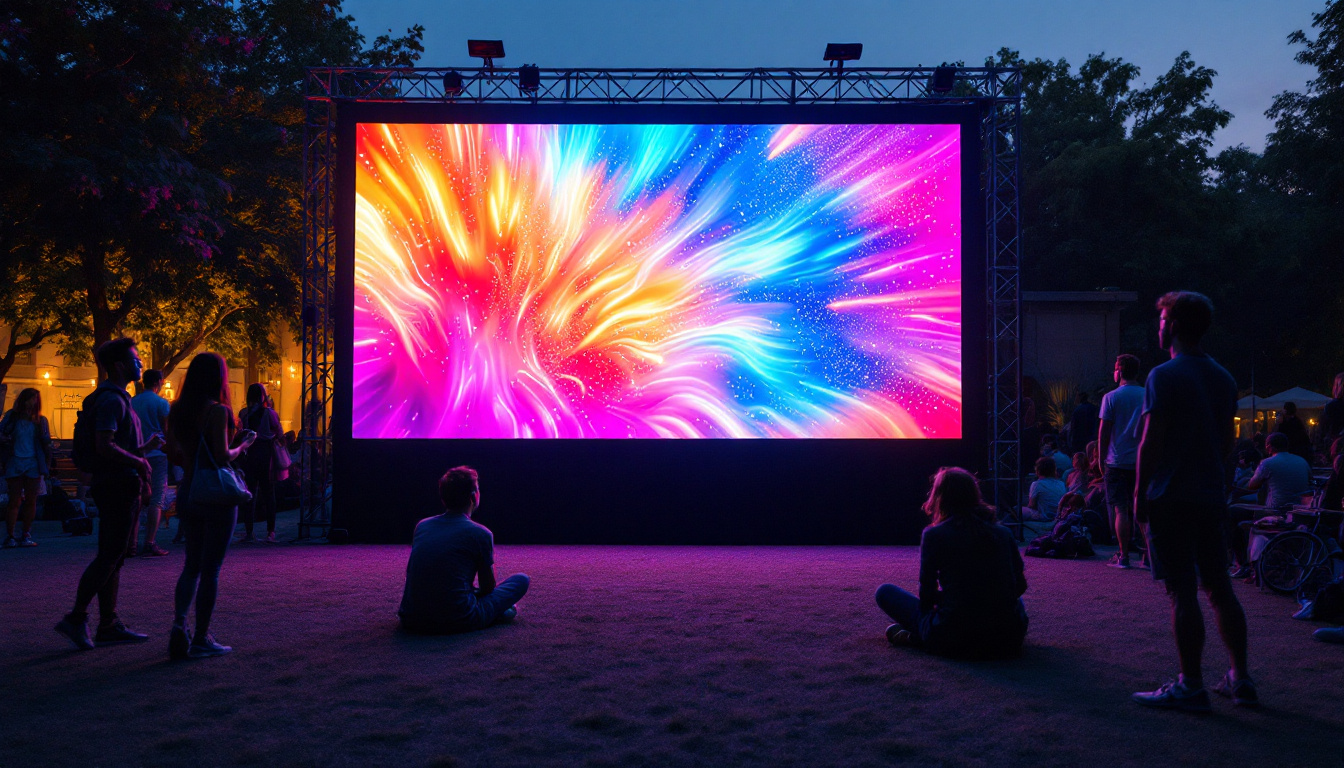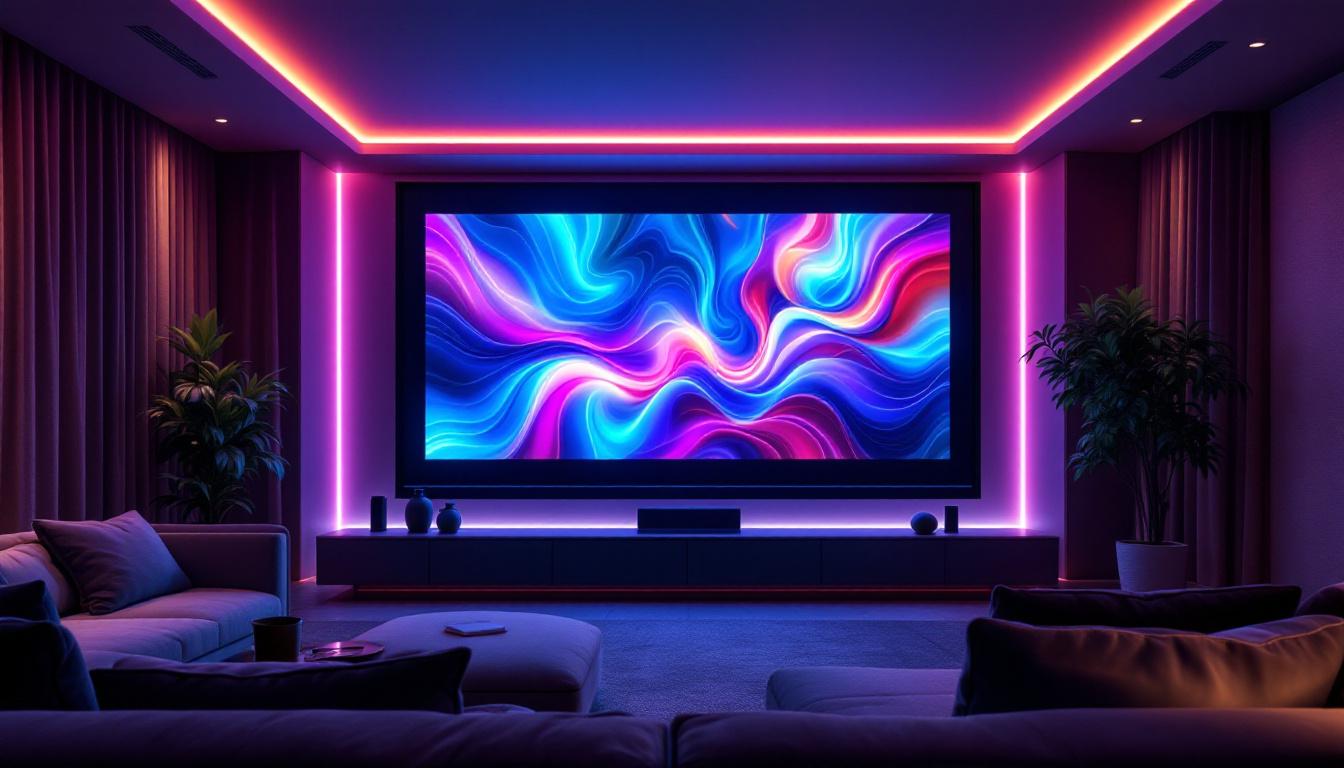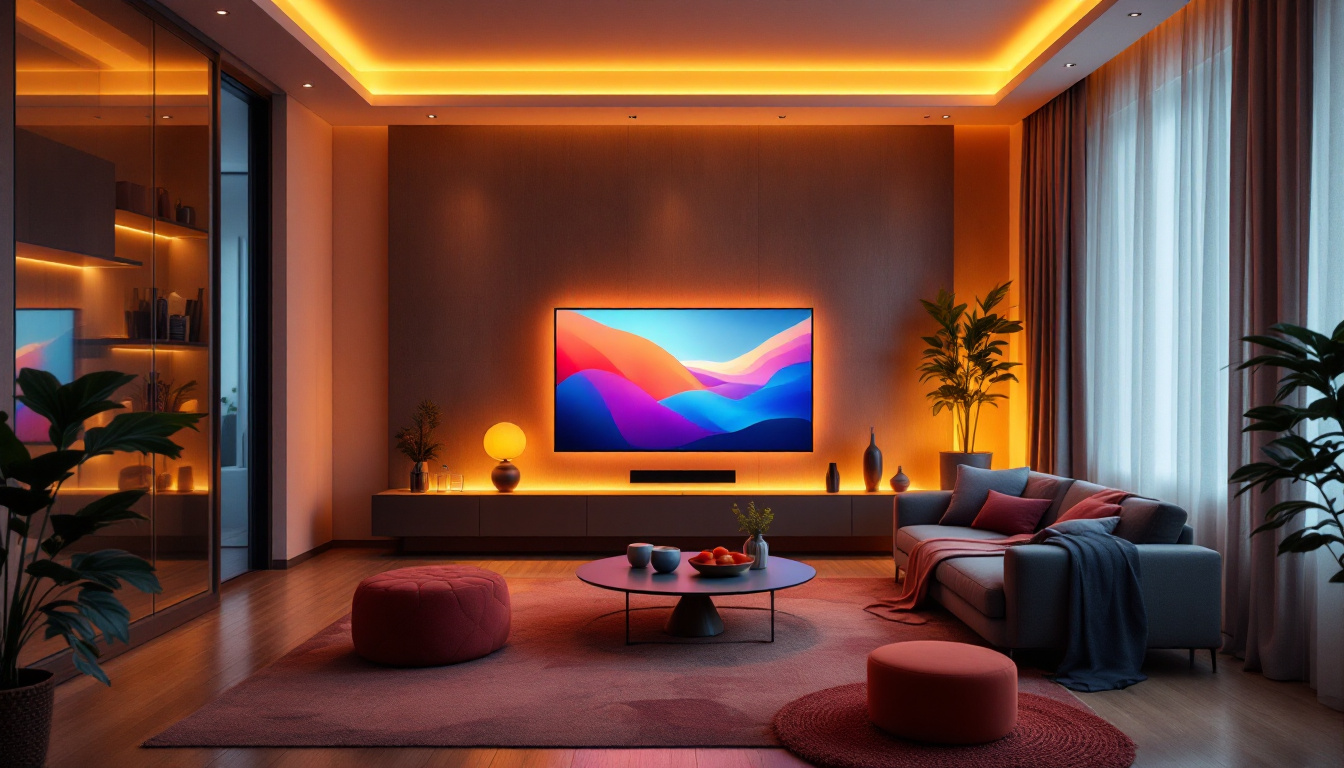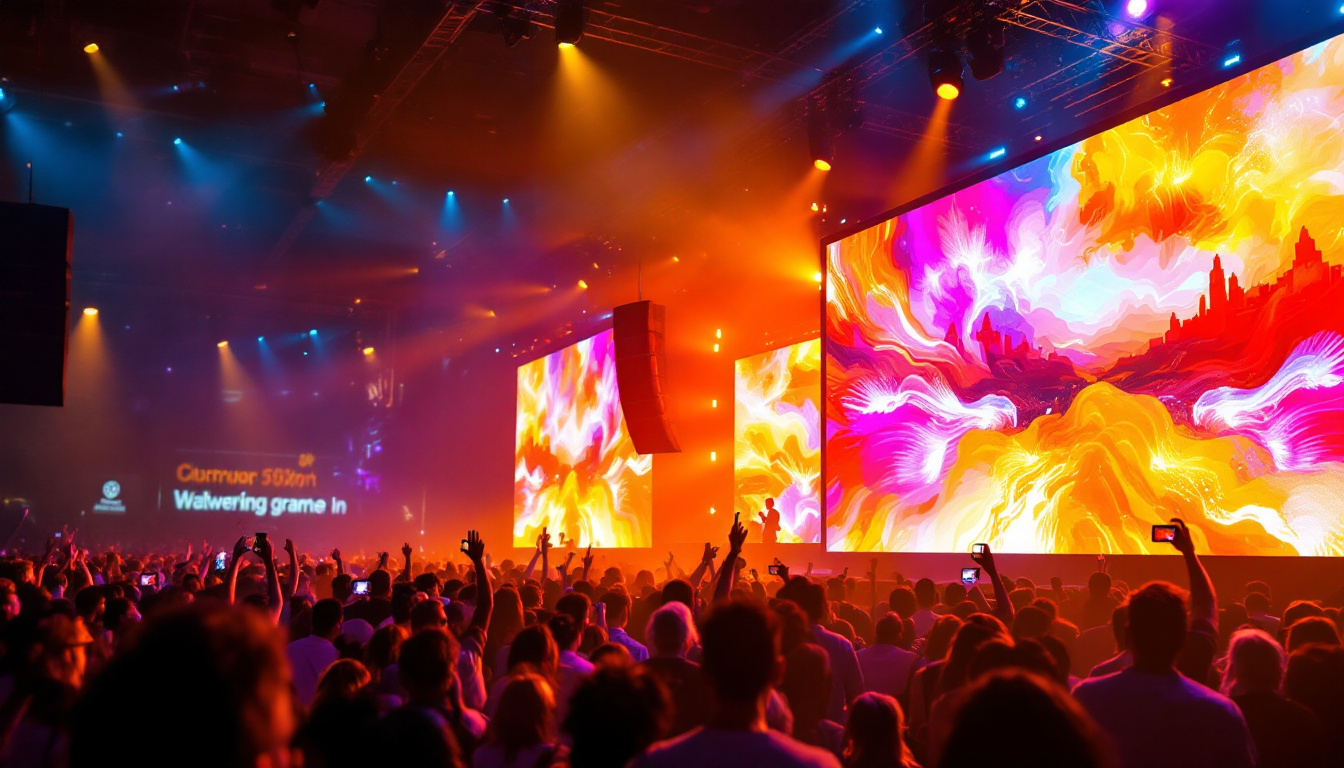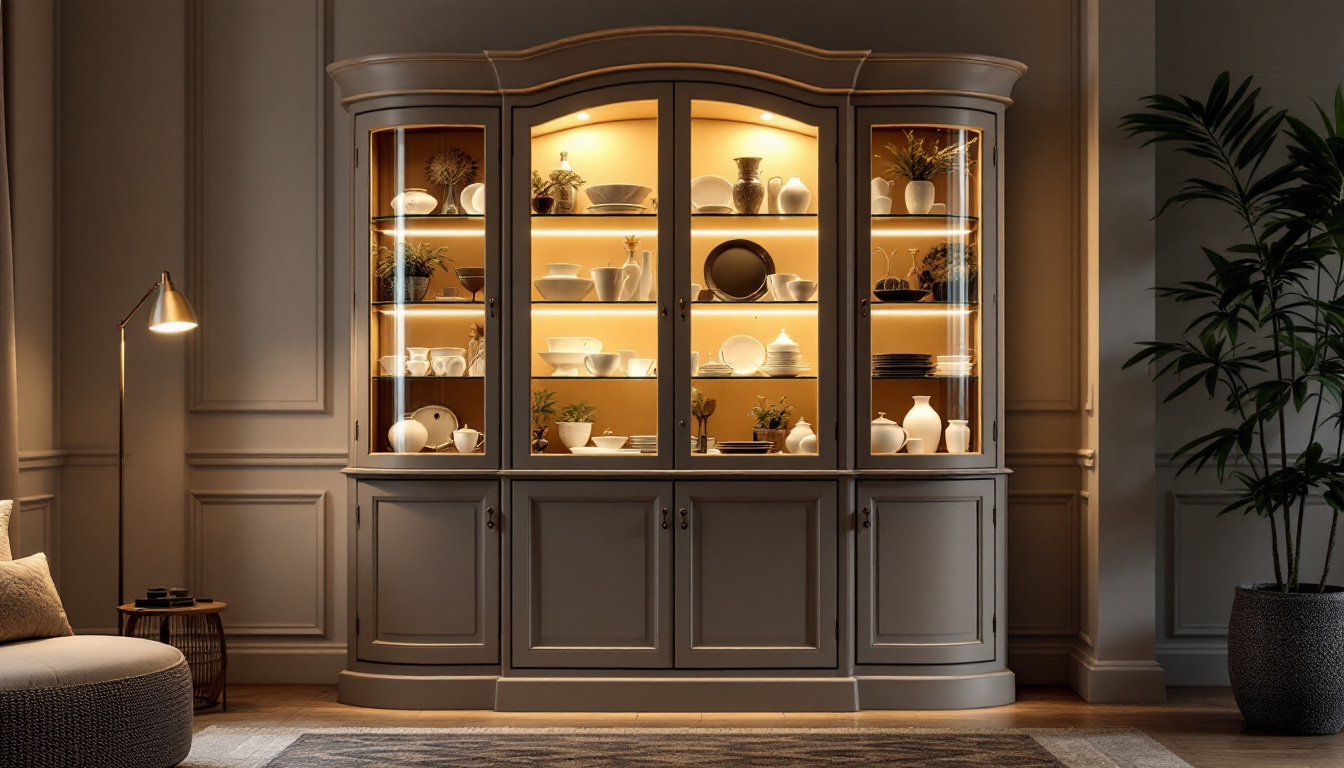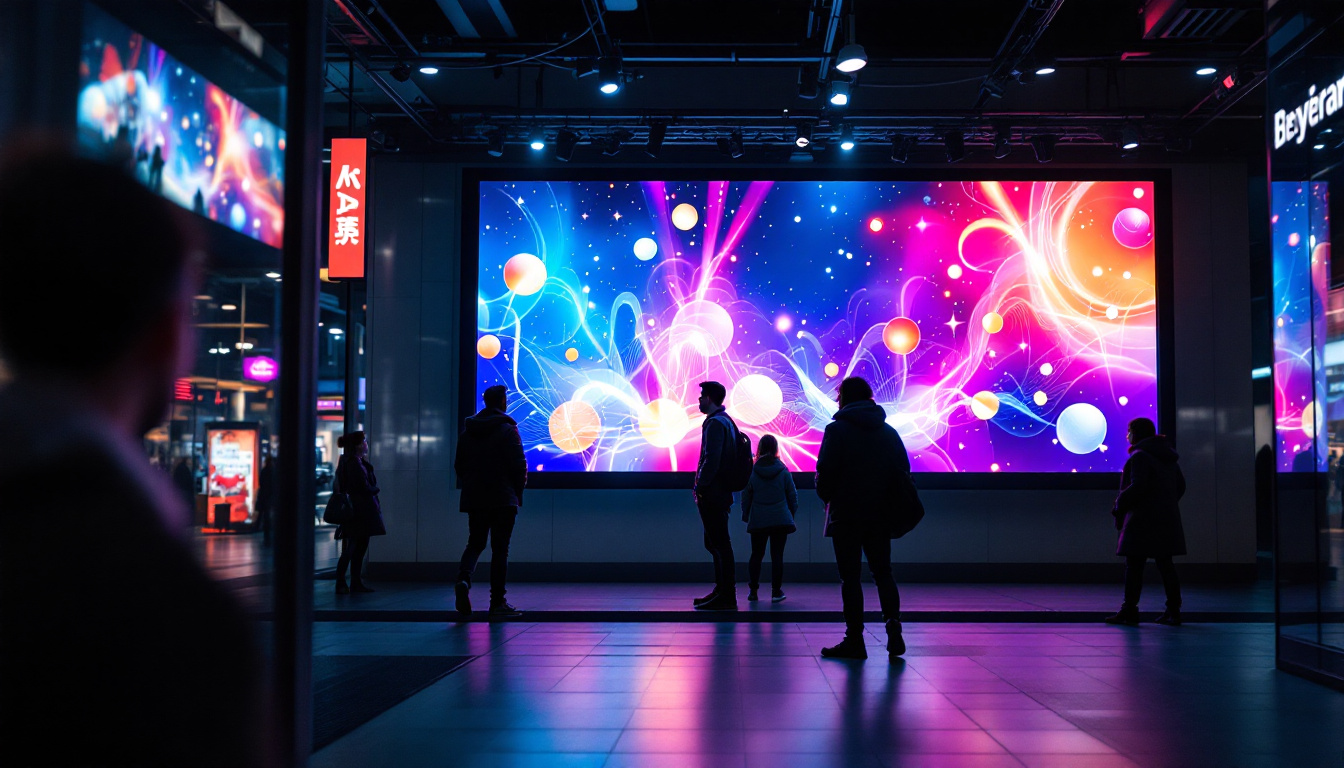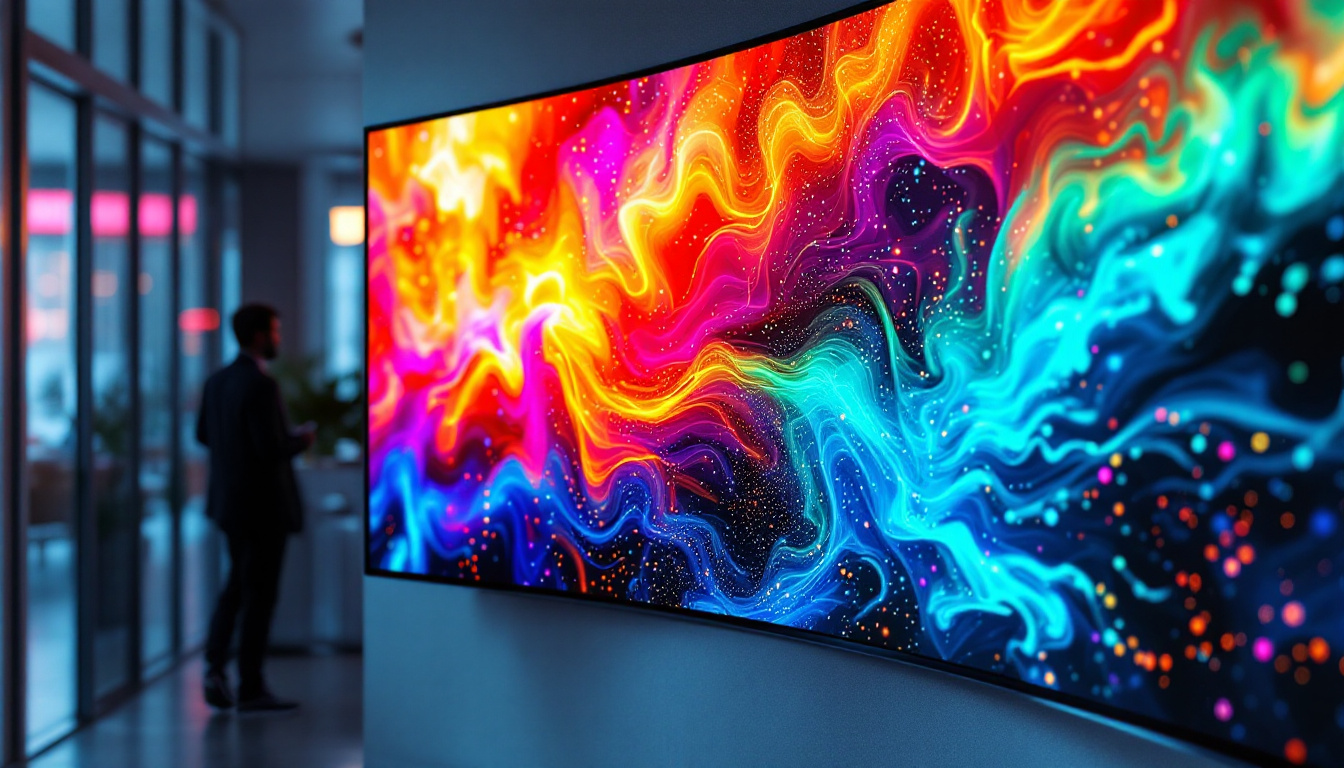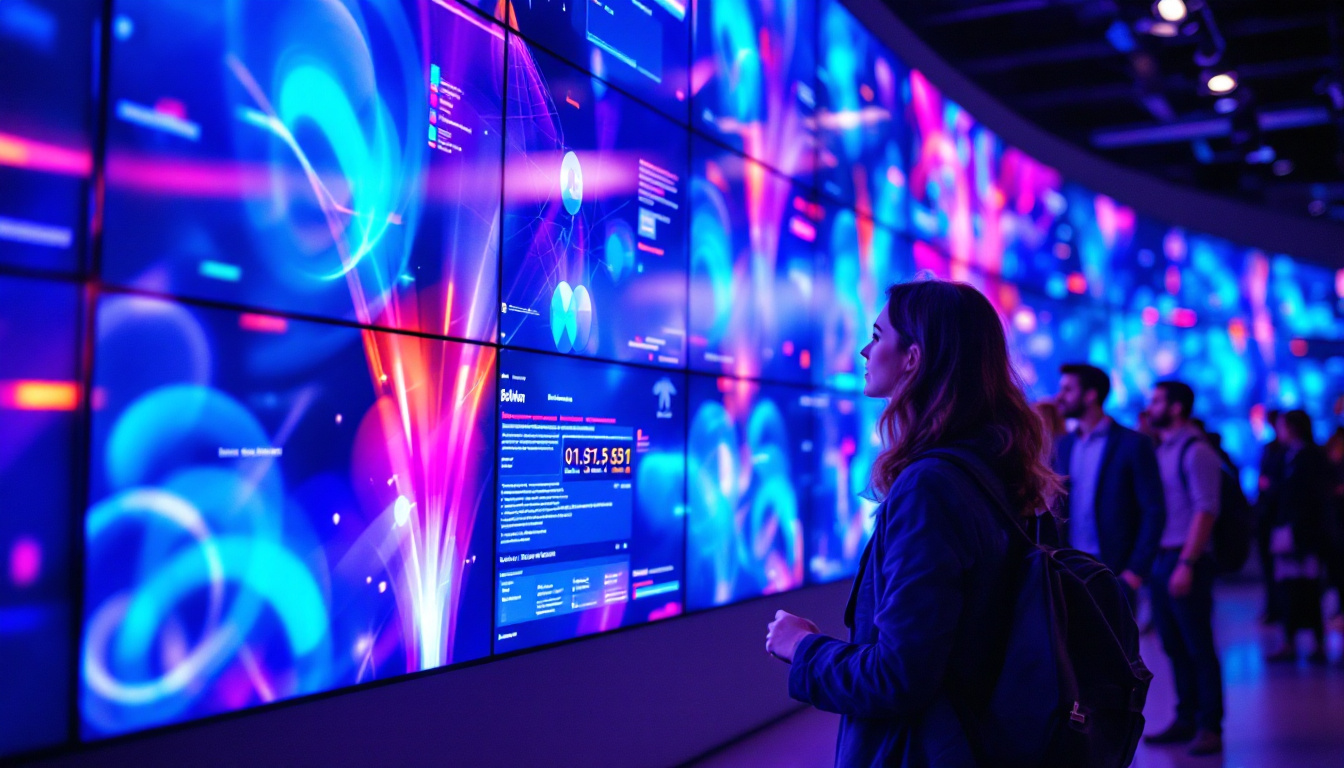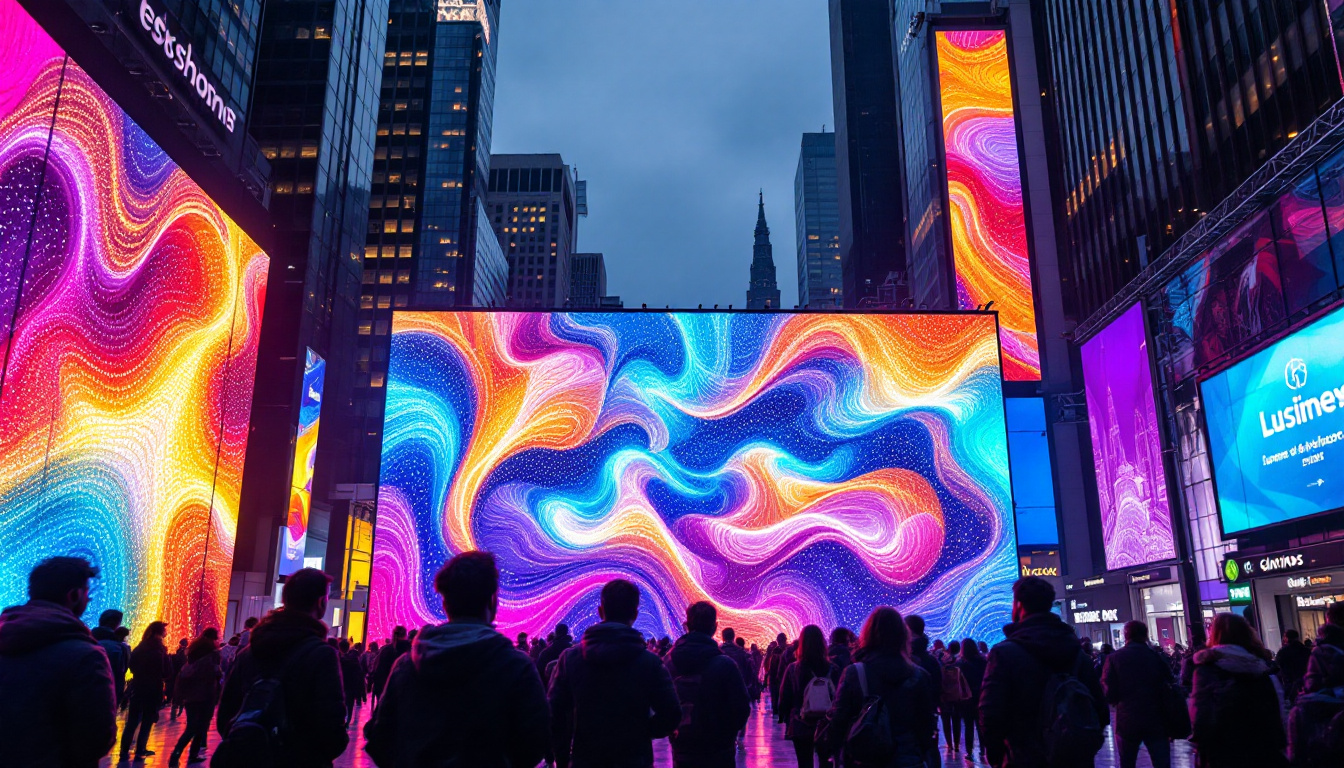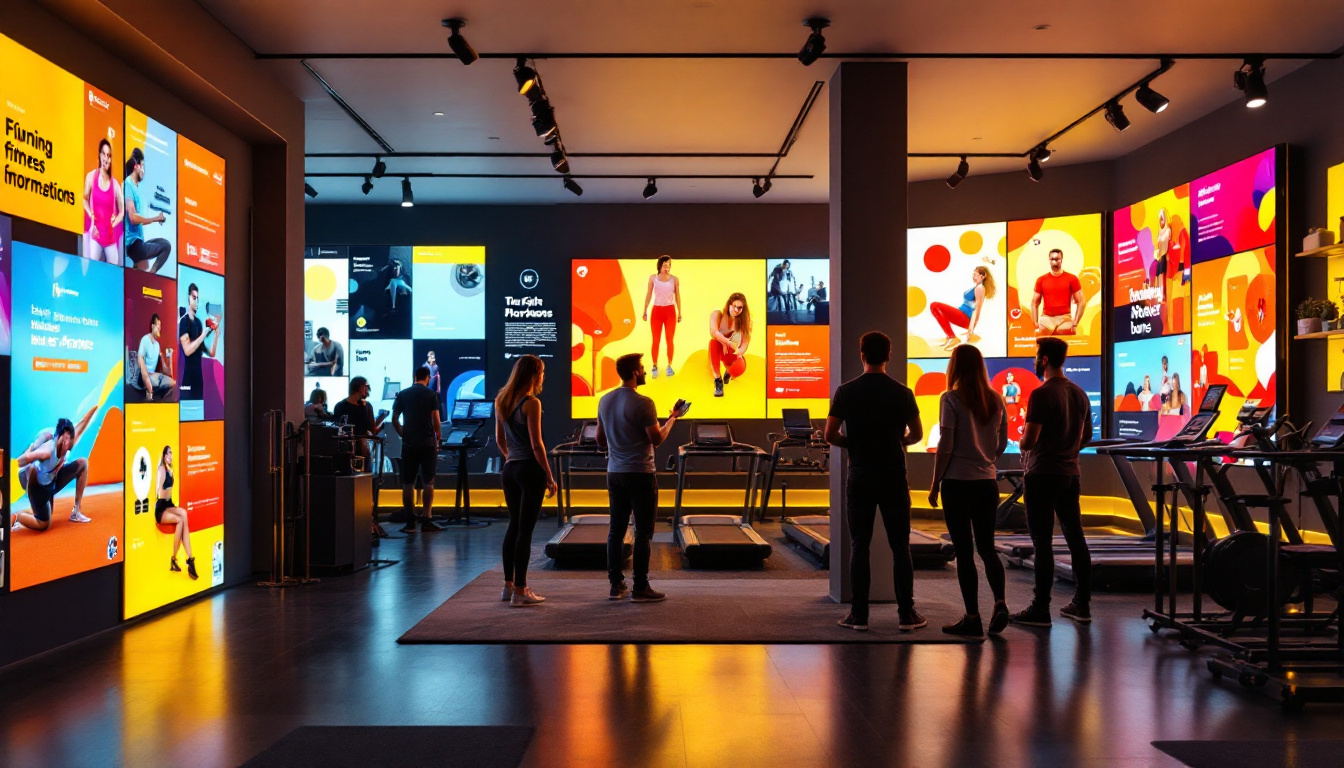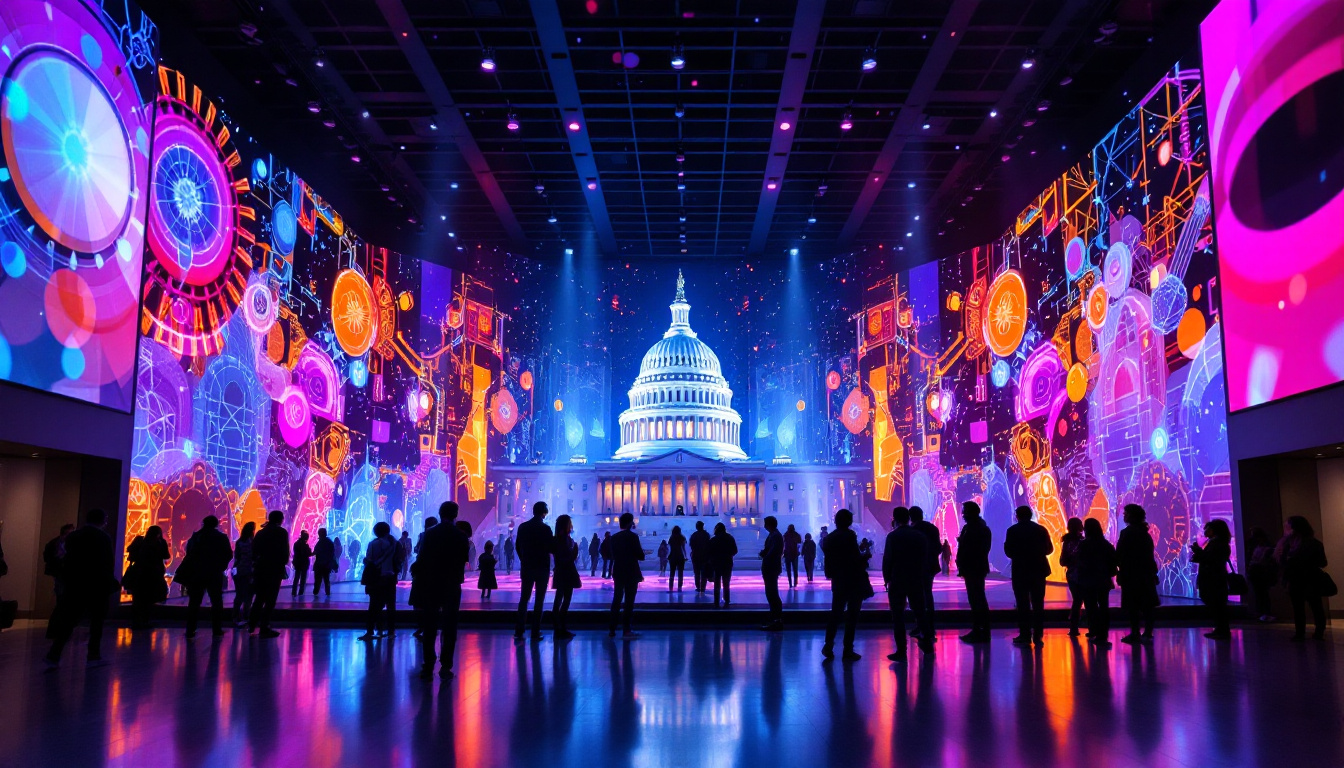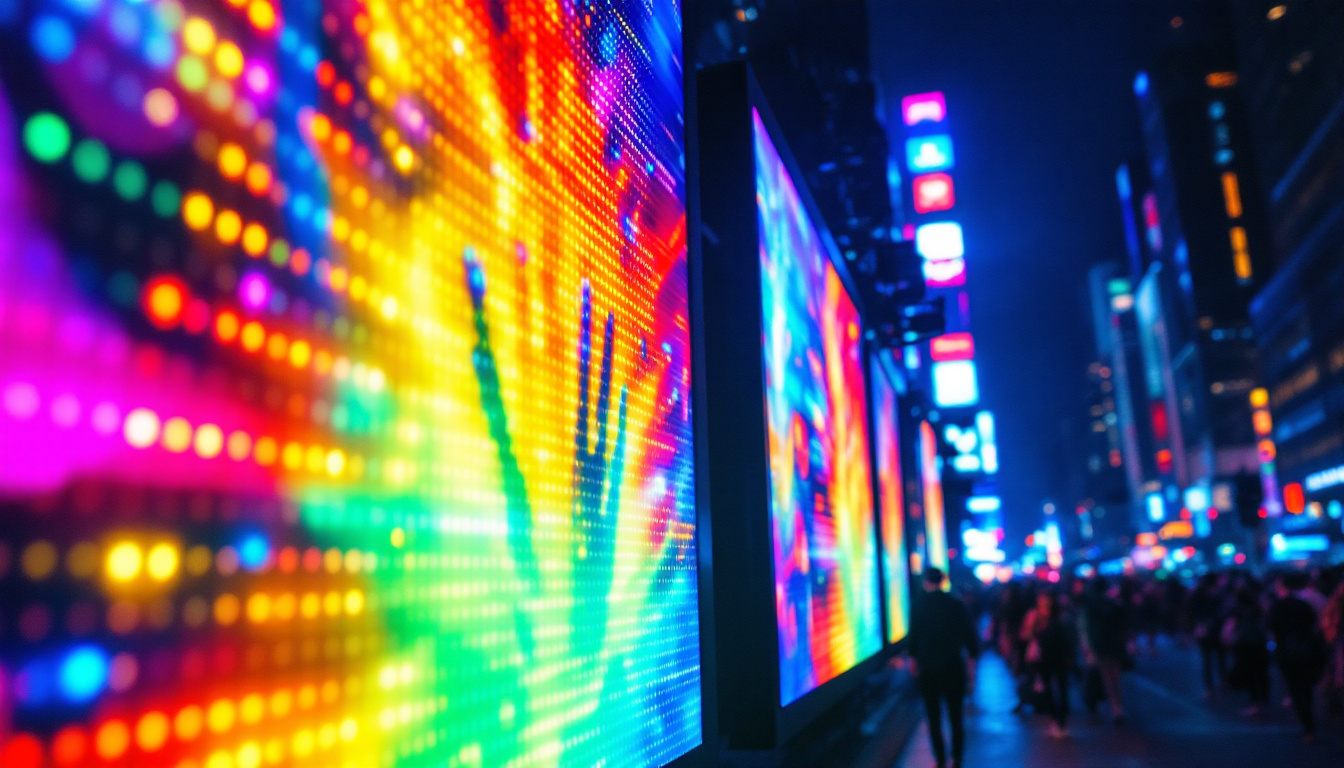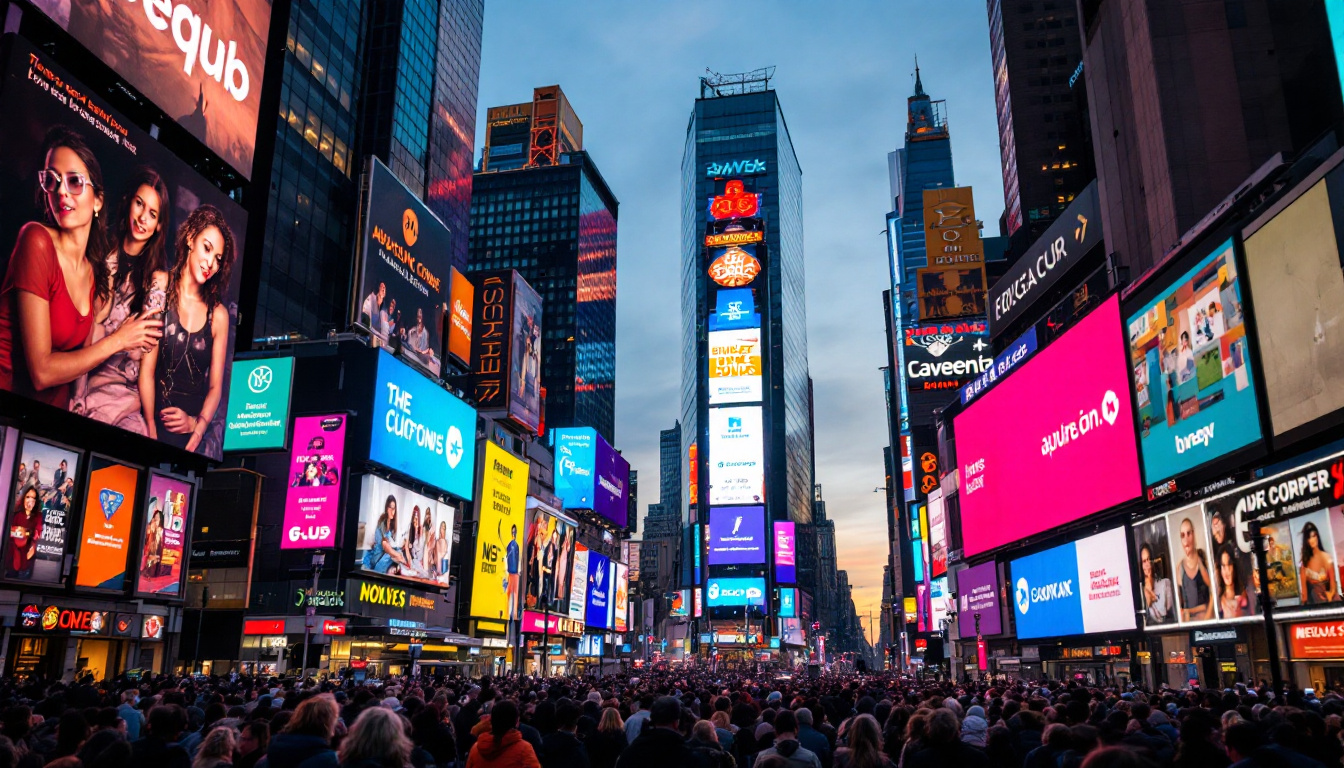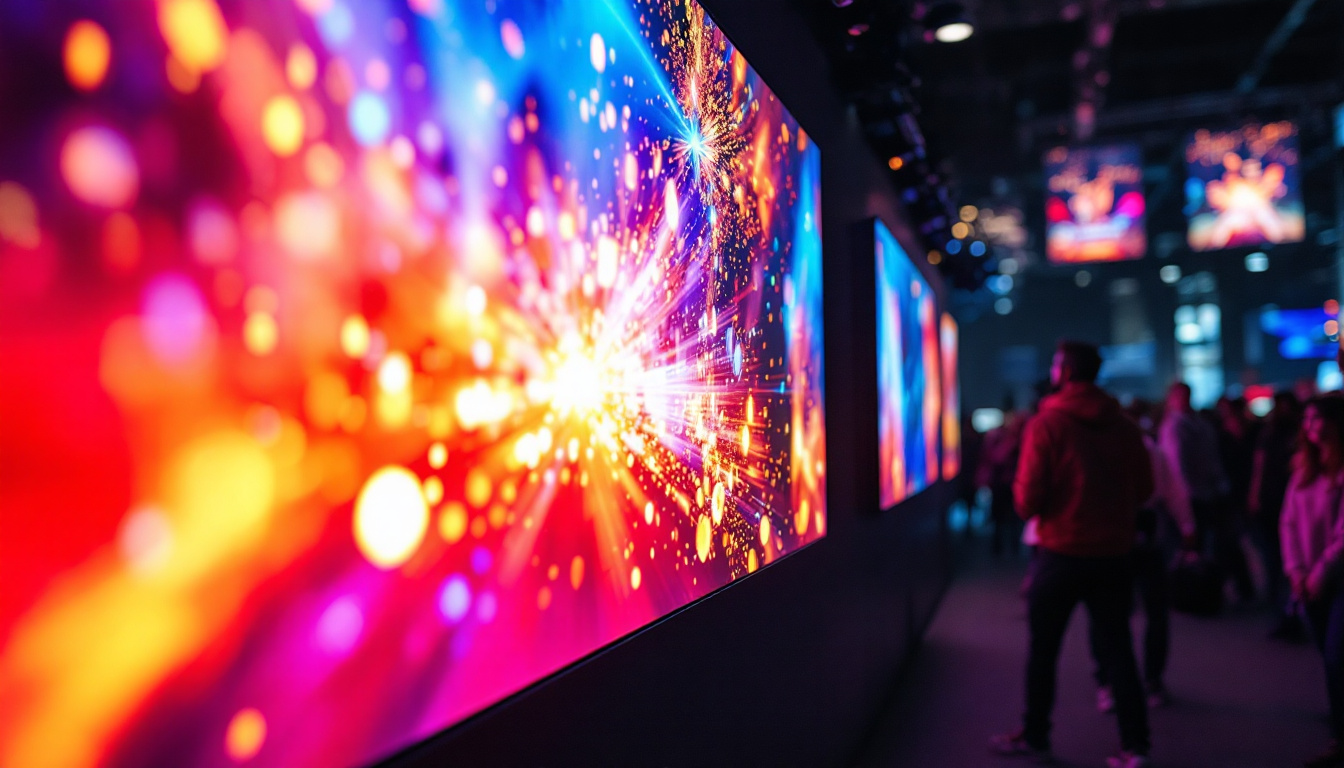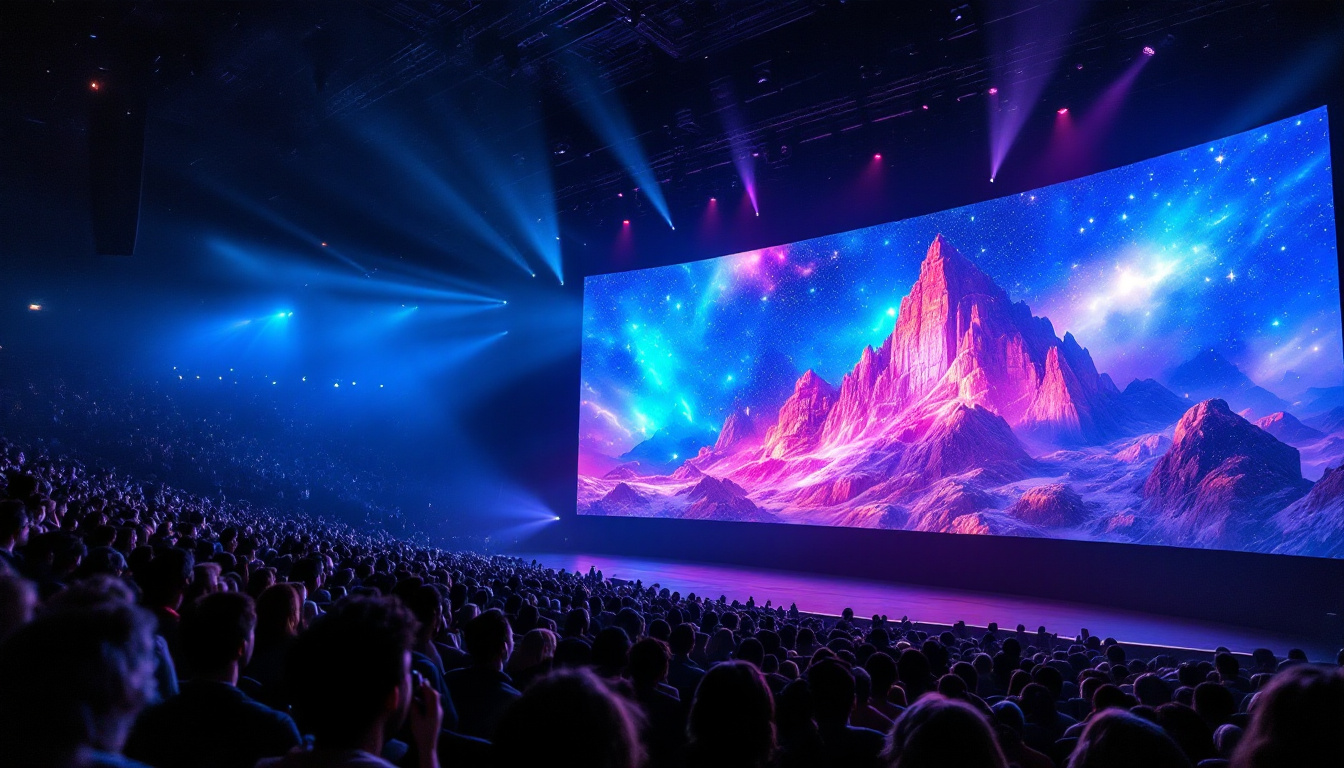Outdoor lighting has evolved significantly over the years, with LED technology leading the charge in providing efficient, versatile, and aesthetically pleasing solutions. This article serves as a comprehensive manual for understanding the intricacies of LED displays in outdoor lighting, specifically focusing on their applications, advantages, and design considerations.
Understanding LED Technology
Light Emitting Diodes (LEDs) are semiconductor devices that emit light when an electric current passes through them. Unlike traditional incandescent bulbs that produce light through heat, LEDs convert most of the energy they consume into light, making them far more energy-efficient. This efficiency not only reduces electricity bills but also minimizes the environmental impact associated with energy production. As a result, the adoption of LED technology has become a cornerstone in efforts to promote sustainability and reduce carbon footprints across various sectors.
How LEDs Work
The operation of an LED is based on the principle of electroluminescence. When electrons recombine with holes in the semiconductor material, energy is released in the form of photons, which we perceive as light. This process is not only efficient but also allows for a wide range of colors and brightness levels. The ability to fine-tune the semiconductor materials used in LEDs enables manufacturers to create lights in different colors without the need for filters, leading to a more vibrant and diverse lighting palette. Additionally, advancements in technology have led to the development of smart LEDs that can be controlled via smartphone apps, allowing users to adjust brightness and color temperature to suit their mood or activity.
Types of LED Lights
There are several types of LED lights used in outdoor settings, including:
- Standard LED Bulbs: These are commonly used for general lighting in outdoor fixtures.
- LED Flood Lights: Ideal for illuminating large areas, such as yards or parking lots.
- LED Strip Lights: Flexible and versatile, suitable for accent lighting along pathways or architectural features.
In addition to these common types, there are also specialized LED lights designed for specific applications. For instance, LED grow lights are engineered to provide the optimal light spectrum for plant growth, making them popular among indoor gardeners and commercial growers. Similarly, LED streetlights are increasingly being adopted by municipalities for their long lifespan and reduced maintenance costs, contributing to safer and more energy-efficient urban environments. The versatility of LED technology continues to inspire innovation, leading to new applications that enhance both functionality and aesthetics in outdoor lighting.
Benefits of LED Outdoor Lighting
The adoption of LED technology in outdoor lighting offers numerous advantages that make it a preferred choice for both residential and commercial applications.
Energy Efficiency
One of the most significant benefits of LED lighting is its energy efficiency. LEDs consume up to 80% less energy than traditional incandescent bulbs, leading to substantial savings on electricity bills. This efficiency not only reduces costs but also minimizes the environmental impact of energy consumption. Moreover, many municipalities are now incentivizing the switch to LED lighting by offering rebates and tax credits, further enhancing the financial benefits for homeowners and businesses alike.
Longevity and Durability
LED lights boast an impressive lifespan, often lasting up to 25,000 hours or more. This longevity means fewer replacements and less waste, making them a sustainable choice. Additionally, LEDs are more durable than traditional bulbs, as they are resistant to shock, vibration, and extreme temperatures. This resilience makes them ideal for outdoor settings, where they can withstand harsh weather conditions, from heavy rain to scorching heat. Furthermore, the solid-state construction of LEDs means they are less likely to break compared to fragile glass bulbs, ensuring a reliable lighting solution that can endure the rigors of outdoor environments.
Enhanced Visibility and Safety
Another key advantage of LED outdoor lighting is the enhanced visibility it provides. The bright, clear light emitted by LEDs improves safety in outdoor spaces, making pathways, driveways, and entryways more visible at night. This is particularly beneficial for commercial properties, where well-lit areas can deter crime and enhance the overall security of the premises. Additionally, the ability to choose different color temperatures allows property owners to create the desired ambiance while ensuring that spaces remain functional and safe for all users.
Versatility in Design
LED outdoor lighting also offers remarkable versatility in design. Available in a variety of shapes, sizes, and styles, LED fixtures can complement any architectural aesthetic, from modern to traditional. Whether it’s sleek wall sconces, decorative garden lights, or robust floodlights, the options are virtually limitless. This adaptability allows homeowners and businesses to create customized lighting solutions that not only enhance the beauty of their outdoor spaces but also serve practical purposes, such as highlighting landscaping features or illuminating signage for better visibility.
Design Considerations for LED Outdoor Lighting
When planning outdoor lighting, several design considerations must be taken into account to ensure optimal performance and aesthetic appeal.
Lighting Placement
The placement of LED lights is crucial for achieving the desired effect. Strategic positioning can enhance safety, highlight architectural features, and create ambiance. For example, placing lights along pathways not only illuminates the area but also guides visitors safely through the space.
Color Temperature
LEDs are available in various color temperatures, measured in Kelvins (K). Warmer temperatures (2700K-3000K) create a cozy atmosphere, while cooler temperatures (4000K-5000K) provide a more modern and vibrant feel. Selecting the right color temperature is essential for achieving the desired mood in outdoor spaces.
Control Systems
Modern LED lighting systems often come equipped with advanced control options, such as dimmers, timers, and smart home integration. These features allow users to customize lighting settings based on specific needs, enhancing both functionality and energy savings.
Applications of LED Outdoor Lighting
LED outdoor lighting can be utilized in a variety of settings, each with unique requirements and benefits.
Residential Lighting
In residential settings, LED lights can enhance curb appeal and provide security. They can be used for pathway lighting, accentuating landscaping, and illuminating outdoor living spaces. Homeowners can choose from a range of fixtures, including wall sconces, post lights, and string lights, to create a cohesive outdoor lighting design.
Commercial Lighting
For commercial properties, LED lighting plays a vital role in safety and visibility. Parking lots, walkways, and building exteriors benefit from bright, energy-efficient lighting that enhances security and attracts customers. Additionally, businesses can leverage LED displays for advertising, providing dynamic and eye-catching promotions.
Architectural Lighting
Architectural lighting focuses on highlighting the unique features of a building or structure. LED lights can be strategically placed to accentuate facades, sculptures, and landscaping, creating a stunning visual impact at night. This type of lighting not only enhances aesthetics but also contributes to the overall ambiance of the area.
Installation Tips for LED Outdoor Lighting
Proper installation is key to maximizing the benefits of LED outdoor lighting. Here are some essential tips to consider during the installation process.
Choosing the Right Fixtures
Selecting the appropriate fixtures for outdoor use is crucial. Look for lights specifically designed for outdoor environments, as they are built to withstand weather elements. Additionally, consider the brightness and beam angle of the fixtures to ensure they meet your lighting needs.
Wiring and Power Supply
When installing LED lights, ensure that the wiring is suitable for outdoor use and can handle the voltage requirements of the fixtures. It is advisable to consult with a professional electrician to ensure safety and compliance with local codes.
Testing and Adjustments
Once installed, test the lighting to assess its effectiveness. Make adjustments to the angle and positioning of the lights as needed to achieve the desired illumination. Regular maintenance, such as cleaning fixtures and checking connections, will help prolong the lifespan of the lighting system.
Maintenance of LED Outdoor Lighting
Maintaining LED outdoor lighting is relatively straightforward, but it is essential to ensure longevity and optimal performance.
Regular Cleaning
Dust, dirt, and debris can accumulate on LED fixtures, diminishing their brightness. Regular cleaning with a soft cloth and mild detergent can help maintain their appearance and functionality. Avoid using abrasive materials that could scratch the surface.
Inspecting Connections
Periodically check electrical connections and wiring for signs of wear or damage. Loose connections can lead to flickering lights or complete failure. If any issues are detected, consult a professional for repairs.
Upgrading Technology
As technology continues to advance, consider upgrading to newer LED models that may offer improved efficiency or features. Staying informed about the latest developments in LED technology can enhance the performance of outdoor lighting systems.
Conclusion: The Future of LED Outdoor Lighting
LED technology has revolutionized outdoor lighting, offering energy-efficient, durable, and versatile solutions for various applications. As the demand for sustainable and aesthetically pleasing lighting continues to grow, the future of LED outdoor lighting looks promising.
With careful consideration of design, installation, and maintenance, LED outdoor lighting can enhance safety, security, and ambiance in any outdoor space. Embracing this technology not only benefits individual properties but also contributes to a more sustainable future for communities and the environment.
Additional Resources
For those interested in further exploring LED outdoor lighting, several resources are available:
These resources provide valuable insights into LED technology, design principles, and best practices for outdoor lighting. By leveraging this information, individuals and businesses can make informed decisions that enhance their outdoor spaces while promoting energy efficiency and sustainability.
Illuminate Your Space with LumenMatrix
Ready to transform your outdoor space with the latest in LED display technology? LumenMatrix is at the forefront of innovation, offering a wide array of LED display solutions tailored to meet your needs. From captivating Outdoor LED Wall Displays to dynamic Vehicle LED Displays and beyond, our mission is to revolutionize your visual communication. Elevate your brand visibility and create unforgettable visual experiences with our cutting-edge digital signage. Check out LumenMatrix LED Display Solutions today and step into the future of lighting.

